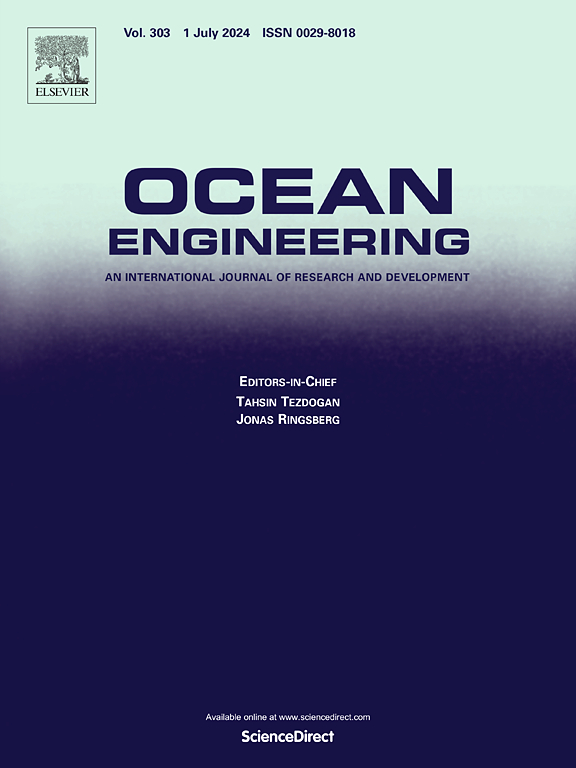Characterization and predictive modeling of directional piling lateral offsets for offshore conductors
IF 4.6
2区 工程技术
Q1 ENGINEERING, CIVIL
引用次数: 0
Abstract
Directional piling refers to a construction method in which the conductor shoe is pre-chamfered to facilitate directional deviation during the piling process. It effectively avoids inter-well collisions during operations. An experimental setup was designed to clarify the offset mechanism of offshore conductors. Directional piling for conductors was tested on a small scale. The study investigated the effects of shoe angle, penetration depth, conductor size, and soil properties on the offset characteristics during directional piling. The results showed that all these parameters have a strong correlation with the conductor's offsets. Numerical simulations were additionally conducted based on the experiments. A robust dataset was constructed by combining experimental results and numerical simulation data. Following feature extraction and parameter preprocessing, a directional piling offset prediction model for offshore conductors was developed using the multilayer perceptron (MLP) regression model. A 97 % fitting rate was attained by the prediction model. The model was applied to a well group in the South China Sea. The prediction model's accuracy was validated when the lateral offset calculation error was kept within ±0.2m of the measured data. The research findings will provide higher precision and efficiency for offshore well construction operations, offering a solid theoretical foundation for conductor anti-collision strategies.
求助全文
约1分钟内获得全文
求助全文
来源期刊

Ocean Engineering
工程技术-工程:大洋
CiteScore
7.30
自引率
34.00%
发文量
2379
审稿时长
8.1 months
期刊介绍:
Ocean Engineering provides a medium for the publication of original research and development work in the field of ocean engineering. Ocean Engineering seeks papers in the following topics.
 求助内容:
求助内容: 应助结果提醒方式:
应助结果提醒方式:


